Few experiences compare to the thrill of watching a whale release a powerful spray from its blowhole in the open ocean. These majestic giants are some of the sea’s most elusive creatures, gliding effortlessly through the ocean with an almost magical grace.
Massive size aside, there is another reason we humans are so enamored by whales. They’re more like us than we think – they are connected to their families, grieve loss, and sing with one another. Whale watching isn’t just an activity; it’s a way to connect ourselves with some of the largest, most prehistoric creatures on the planet.
With annual migrations and breeding seasons scattered around the U.S. continent, these are the top places to spot whales in the country:
9. Jacksonville, Florida
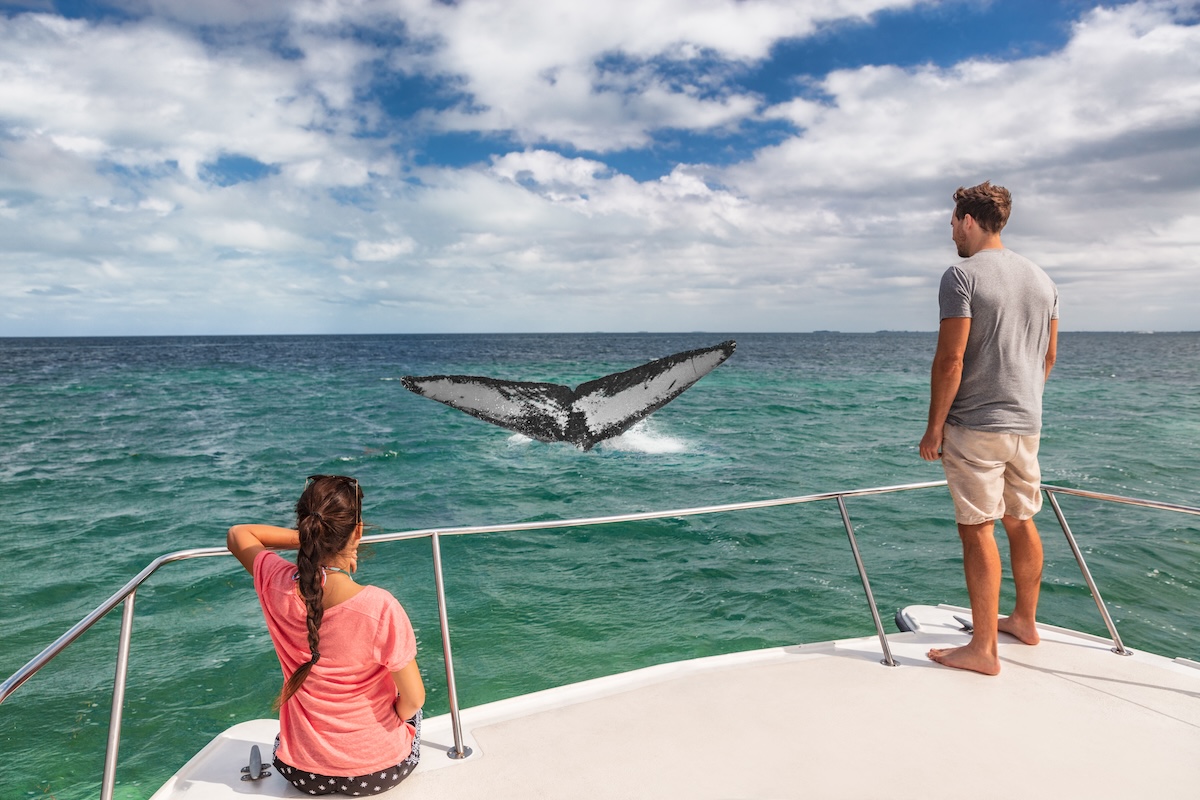
It’s true; Jacksonville isn’t known for abundant whale sightings. In fact, spotting a whale here is pretty rare. But it offers a chance to spot one of the world’s most endangered species: the North Atlantic right whale.
These species head to the warm waters off Florida’s Atlantic coastline between December and March to give birth to their young. During that time, the waters around Jacksonville become a temporary nursery. These gentle giants are notoriously shy, so when you do spot one, it’s kind of like finding a unicorn. Plus, there are less than 500 remaining on the planet.
If you want to spot one, I recommend booking a hotel with a balcony to ensure maximum eyes on the ocean!
8. Bar Harbor, Maine
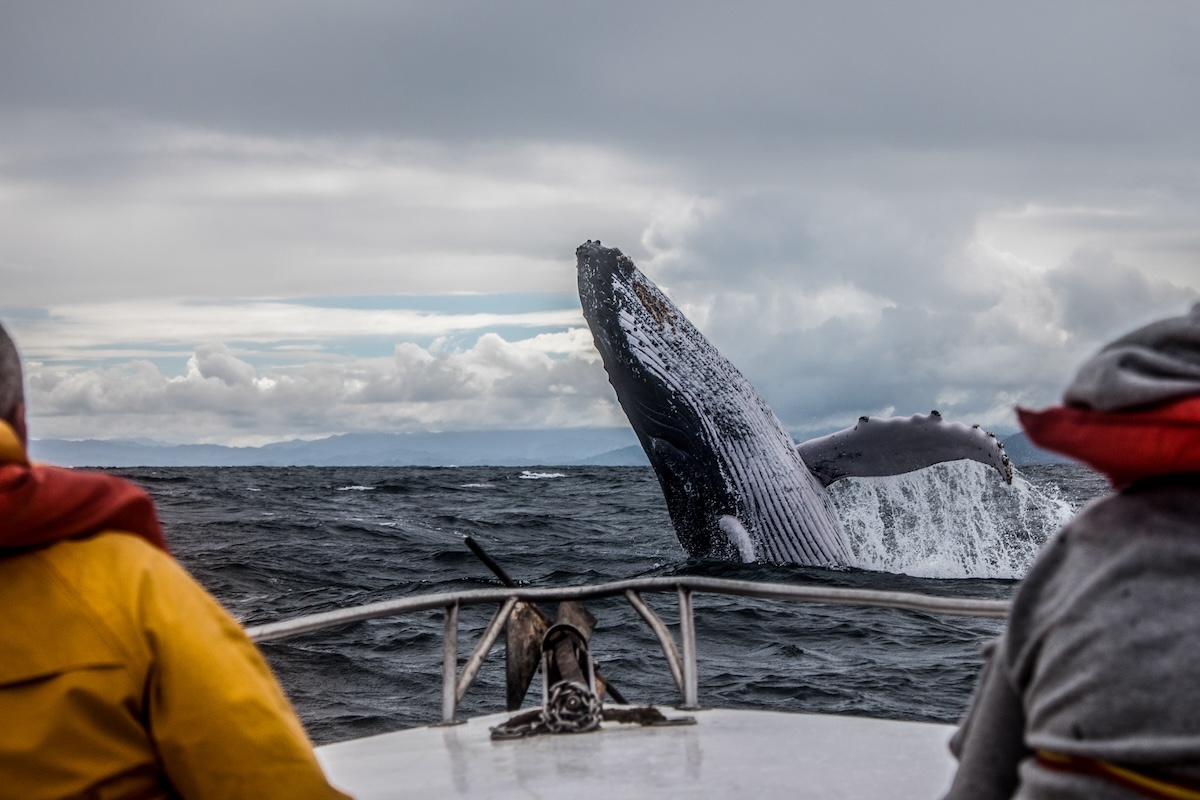
In contrast to Jacksonville, Bar Harbor is known for its plentiful whale sightings. The entire Gulf of Maine is a haven for whales, with an abundance of squid and krill to satisfy the salty craving. Between April and October, the cold gulf welcomes humpbacks, finbacks, and even the occasional minke whale.
One of the best ways to view these giants is on a whale-watching boat tour. But if scouring the horizon by boat isn’t for you, Acadia National Park is a great spot to catch a glimpse of the whales in action.
7. San Diego, California
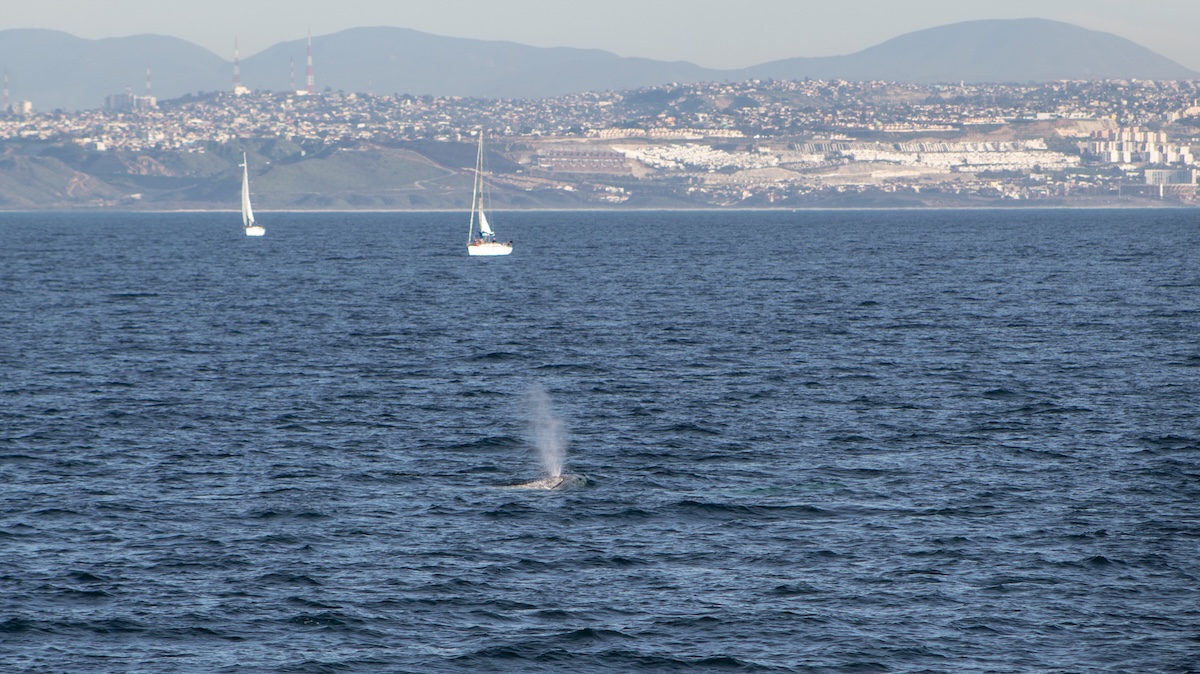
San Diego isn’t just about tacos and beaches; it’s also a whale-watching hotspot. From December through April, thousands of grey whales pass through on their fourteen thousand-mile round trip migration between Alaska and Mexico/ Baja California. It’s one of the longest migrations in the entire animal kingdom and one of the most majestic to watch in real life.
But there’s more; San Diego also welcomes blue whales between June and October – the largest animals in the world. Then there are humpback whales, too. Basically, San Diego’s strategic point along the Pacific means year-round whale-watching activity.
6. Juneau, Alaska

Alaska’s capital city is the place to be for once-in-a-lifetime wildlife encounters. From May to September, humpback whales take over the icy waters, feeding like there is no tomorrow, before starting their long migration to warmer waters.
The coastline is also home to resident and transient pods of orcas, which are an important part of the regional Alaskan culture. You can spot the resident orcas between spring and summer, while the transient ones pass through in the fall and winter.
The best places to see these whales are in Amalga Harbor and from the Rainforest Trail. Alternatively, you can get closer to the action and book a slot on a whale-watching cruise.
5. Virginia Beach, Virginia

Humpback whales have made the warm waters around Virginia their winter playground. Between January and March, these giant whales migrate through the area. Mid-January is the best time to see them.
These beautiful creatures aren’t shy of humans, and you’ll often find them showing off their feeding techniques – breaching, tail slapping, and spraying through their blowholes! The Rudee Inlet offers plenty of boat tours that take you just far enough offshore to witness the action.
Paired with fresh seafood and the classic Virginia Beach Boardwalk vibes, this is the ultimate winter escape.
4. Cape Cod, Massachusetts
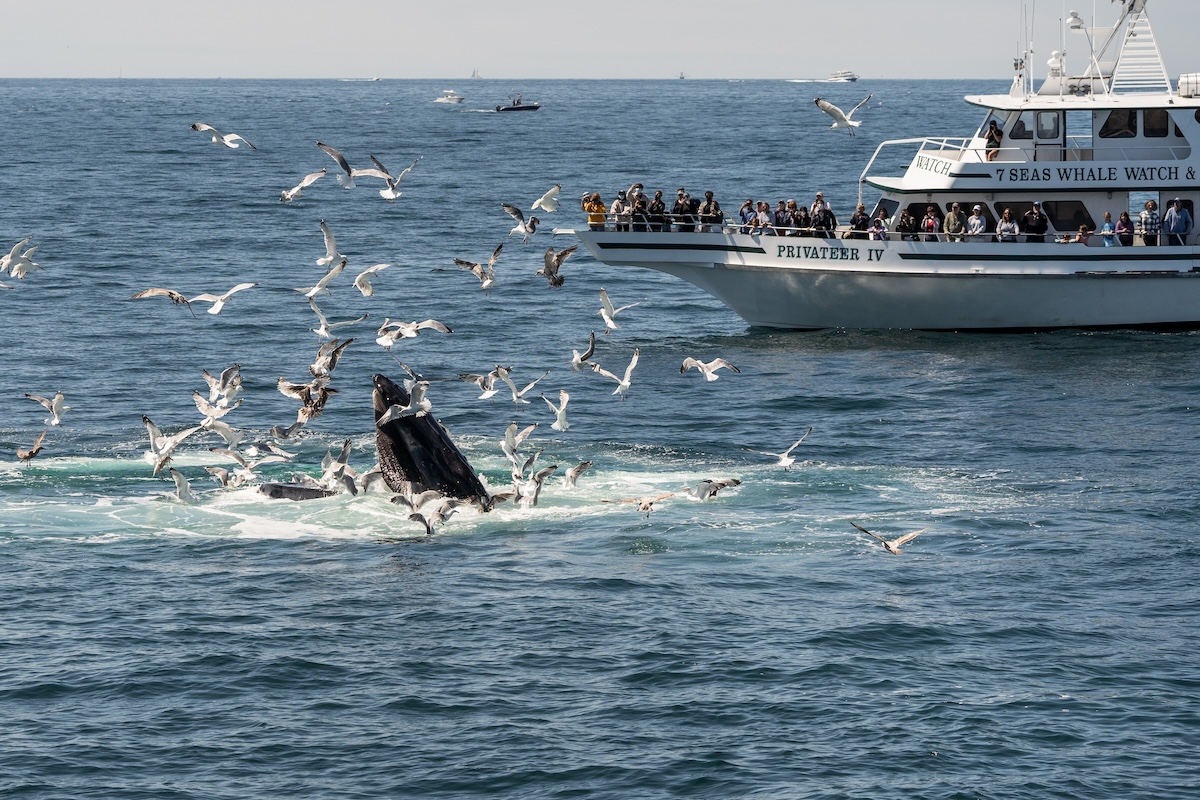
Consider Cape Cod the original hotspot for whale-watching in the US. Just off the coastline, a protected area known as the Stellwagen Bank National Marine Sanctuary is like a bustling underwater city of whales. Humpbacks are the main residents around here, famous for their acrobatic breaching and interest in humans and boats.
There are so many whales here that local boat cruises guarantee a 99% chance of spotting one. It’s one of the top ten places in the world for whale watching in their natural habitat.
But why are there so many whales here? Well, mostly because there is an abundance of mackerel and herring for them to feed on. Plus, the deep blue Atlantic waters are a whale paradise.
3. San Juan Islands, Washington
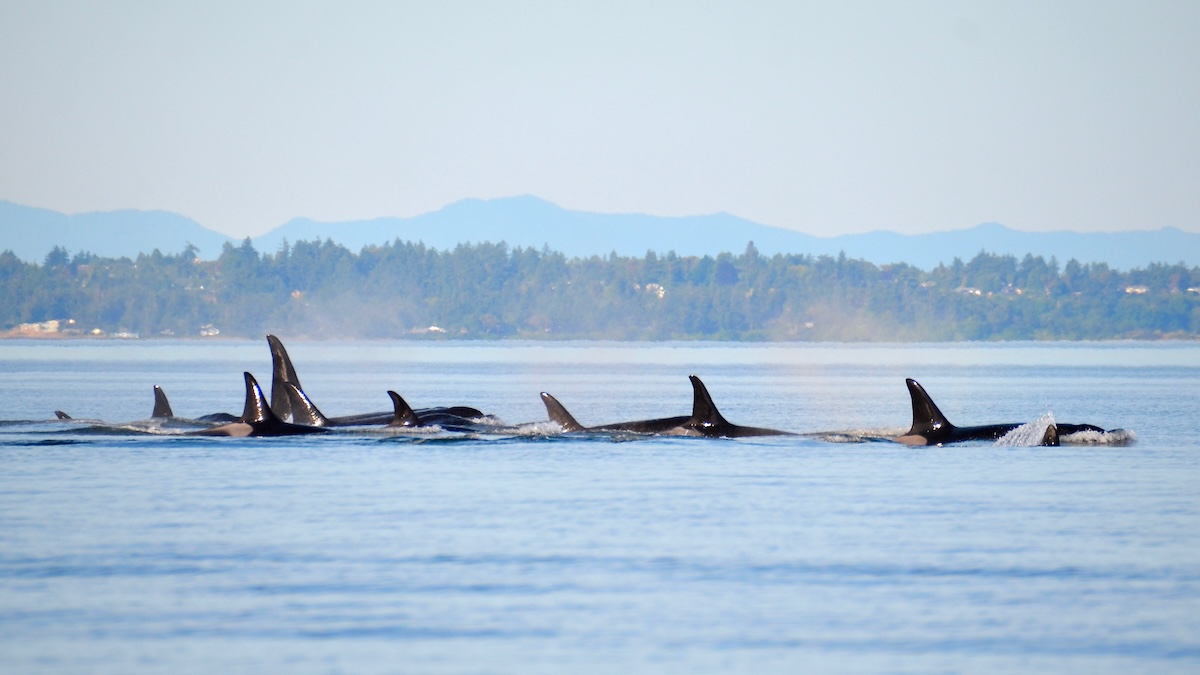
The San Juan Islands of Washington is the go-to spot for orca enthusiasts on the Pacific Northwest. These sleek, black-and-white predatorial whales rule the Salish Sea between May and September.
These rare creatures are called killer whales for a reason. They’re known to feed violently on fish and squid, seals, sea birds, and even other whale species far larger than themselves. And like most whale species, they form tight family bonds and show playful behavior.
But they’re not the only players in these seas. Visitors could also spot humpback whales, minke whales, and grey whales, depending on the time of year.
2. Monterey, California

Imagine getting up close and personal with a 90-foot, 100-thousand-pound animal in its natural habitat.
Thanks to its deep underwater canyon that attracts all sorts of sea life year-round, Monterey Bay is a whale-watching haven. From April to December, humpbacks and blue whales steal the show, while gray whales make an appearance between December and April along their west coast migration. Throw in dolphins, seals, sea otters, and the odd orca hunting a gray whale into the mix, and this really is an active oceanic paradise.
Blue whales are the largest animals on the planet and are particularly impressive to see from a boat. If dry land suits you better, head to Point Lobos Natural Reserve or Garrapata State Park and watch the ocean show from the cliffside vantage points.
1. Maui, Hawaii

Maui takes the spot as the ultimate destination for whale watching in the U.S. It’s one of the best places to view humpback whales, who migrate to the warm, shallow, tropical waters to breed, nurture their young, and show off their daring acrobatics.
You’re most likely to see these giant creatures from late December to February when the North Pacific becomes a whale nursery of mothers and their babies.
The Maui Nui Basin is a protected sanctuary for whales, and the Māʻalaea Harbor is a sheltered spot popular for whale-watching boats. Both of these spots are incredible places to view whales from the water.



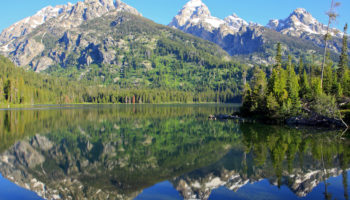


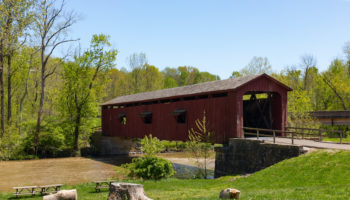




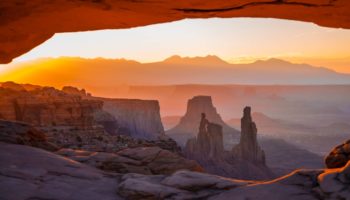
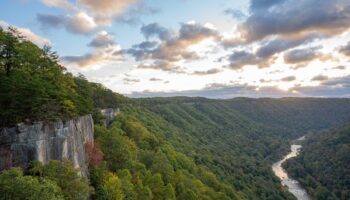
Leave a Reply